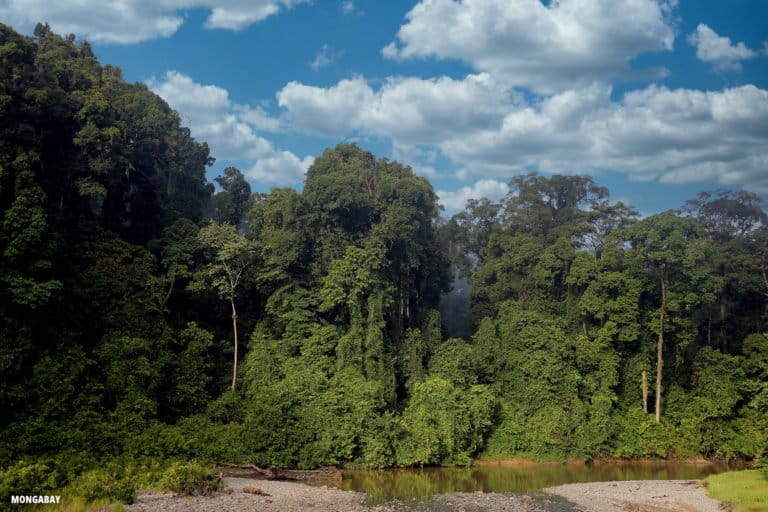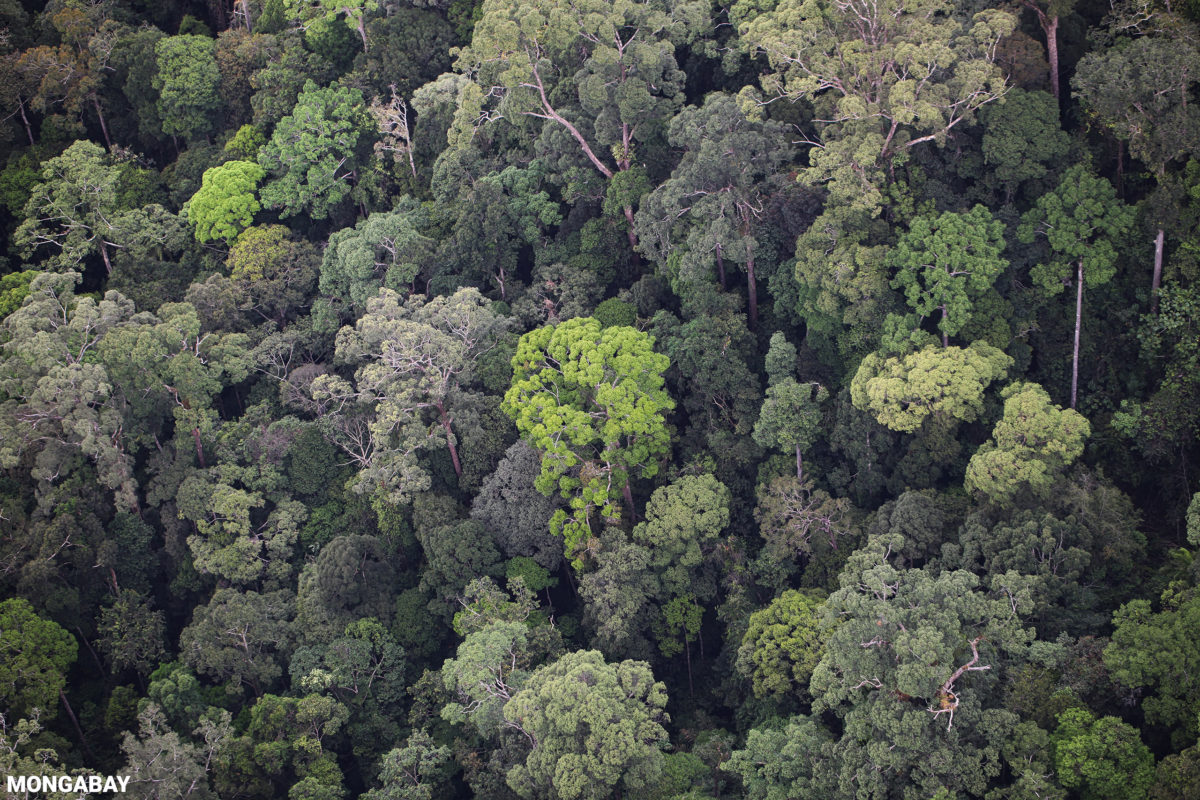The concept of “biocultural diversity” has gained wider prominence in recent decades as academics, institutions, and practitioners have expanded cross-disciplinary work at the intersection of human culture and biological diversity. Within the conservation realm, this trend has helped raise the profile of issues like Indigenous rights and traditional knowledge, especially since the mid-2010s as many philanthropic foundations and “mainstream” conservation NGOs moved toward more inclusive and community-oriented approaches beyond establishing strict protected areas.
Ken Wilson, who has been working at the confluence of community rights, biocultural diversity, and philanthropy for the better part of 40 years, has been a keen observer and commentator on these developments, first as an academic, then a foundation program officer and director, and now as an advisor and NGO leader.

Wilson, who served as the head of The Christensen Fund for 13 years and currently lives in Malaysian Borneo, told Mongabay that conservation’s trajectory–from an academic standpoint–has been increasingly influenced in the past 40 years by areas outside its traditional domain, “destabilized” by the “rights and social science inspired critique of ‘fortress conservation’ and its corollaries in the 1980s and 1990s” and “global systems analysis enabled by remote sensing and computer modeling capacities.”
“This research has been crucial to pluralizing and globalizing conservation,” he said. “It has enabled connection to the bubbling up of the environmental justice and Indigenous environmental movements and has taken mainstream conservation into earth system areas like climate, ecosystem services, agricultural commodity production and so forth.”

Wilson says that the concept of biocultural diversity has been embraced because “it is a term that somehow invites attention to the connections – tangible and intangible – between local cultures, territorial governance systems, sustainable livelihood traditions and the experience of sacredness. Furthermore, it bolsters claims of significance and rights in ways that simultaneously convey beauty, responsibility, wholeness, caring.”
Given the role philanthropy plays in shaping the conservation agenda, the rise of biocultural diversity has significant implications for the business of giving away money too. For example, supporting initiatives like helping Indigenous communities secure recognition of their traditional territories requires a different approach than simply writing a big check to a major conservation institution.
“These initiatives need quiet, slow, long-term, flexible support, provided on local terms through grounded-staff and locally-accountable intermediaries,” Wilson said. “They are necessarily messy, meaningful, and organic; they do not thrive when we press upon our Indigenous partners the stereotypes of perfection or heroism; they do not work when we imagine ourselves as the heroes.”
“Healthy partnerships need genuine human connection, strong networking and movement building elements, and with all partners continually questioning their answers.”
Wilson spoke about his origins and inspirations, trends in philanthropy, and a number of other topics in a wide-ranging interview.

